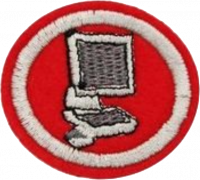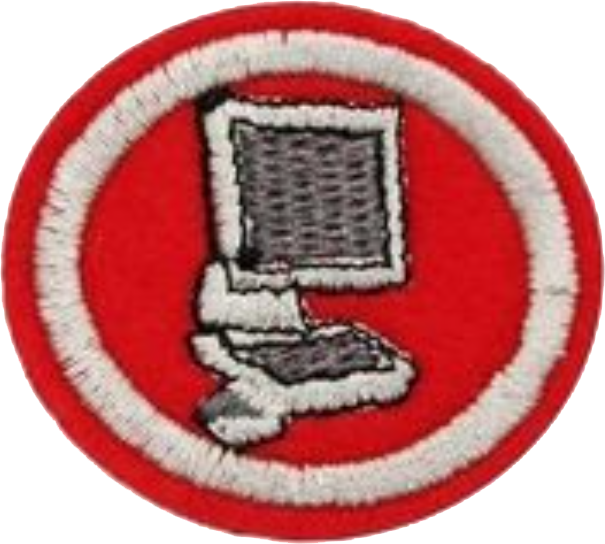Difference between revisions of "AY Honors/Computing IV - Advanced/Answer Key"
From Pathfinder Wiki
< AY Honors | Computing IV - AdvancedAY Honors/Computing IV - Advanced/Answer Key
(Marked this version for translation) |
|||
| Line 5: | Line 5: | ||
</noinclude> | </noinclude> | ||
<!-- 1. Have the Computing III - Regular honor. --> | <!-- 1. Have the Computing III - Regular honor. --> | ||
| − | {{honor prerequisite | + | {{honor prerequisite|honor=Computing III - Regular}} |
<!--T:28--> | <!--T:28--> | ||
Revision as of 19:20, 14 September 2021
Computing IV - Advanced
Skill Level
3
Year
2012
Version
06.10.2025
Approval authority
South American Division
1
Have the Computing III - Regular honor.
For tips and instruction see Computing III - Regular.
2
Submit a report of at least 2000 words about fourth generation computers.
3
Define the following terms:
3a
Bit
3b
Kilobyte
3c
Megabyte
3d
Gigabyte
3e
Terabyte
4
What are viruses? How can we be safe from them?
5
Describe in detail three famous viruses and the havoc they cause to a computer.
6
What is the Internet? How can it influence us in modern life?
7
Enter and describe the content of five educational sites on the Internet. Submit a one-page report about what was learned in each of the sites.
8
Log as an agenda the data of at least 25 people with a database and submit a report that contains the name, address, telephone number, and email address of each person.
9
Research in specialized magazines and submit a two-page report on what the Y2K bug was.
10
Describe the function of the following equipment:
10a
Keyboard
10b
Monitor
10c
Printer
10d
Driver
10e
CPU
10f
Cables
10g
Modem
10h
CD/DVD ROM
11
Teach the honor of Computing I to a regular class.
For tips and instruction see Computing I - Basic.
References
Categories:
- Pages using DynamicPageList3 parser function
- AY Honors/Prerequisite/Computing III - Regular
- AY Honors/See Also/Computing III - Regular
- AY Honors/Prerequisite/Computing I - Basic
- AY Honors/See Also/Computing I - Basic
- Adventist Youth Honors Answer Book
- Missing Localization/All/Computation IV - Advanced AY Honor.png/en
- Missing Localization/All/Science and Technology/en
- Missing Localization/All/SAD/en



